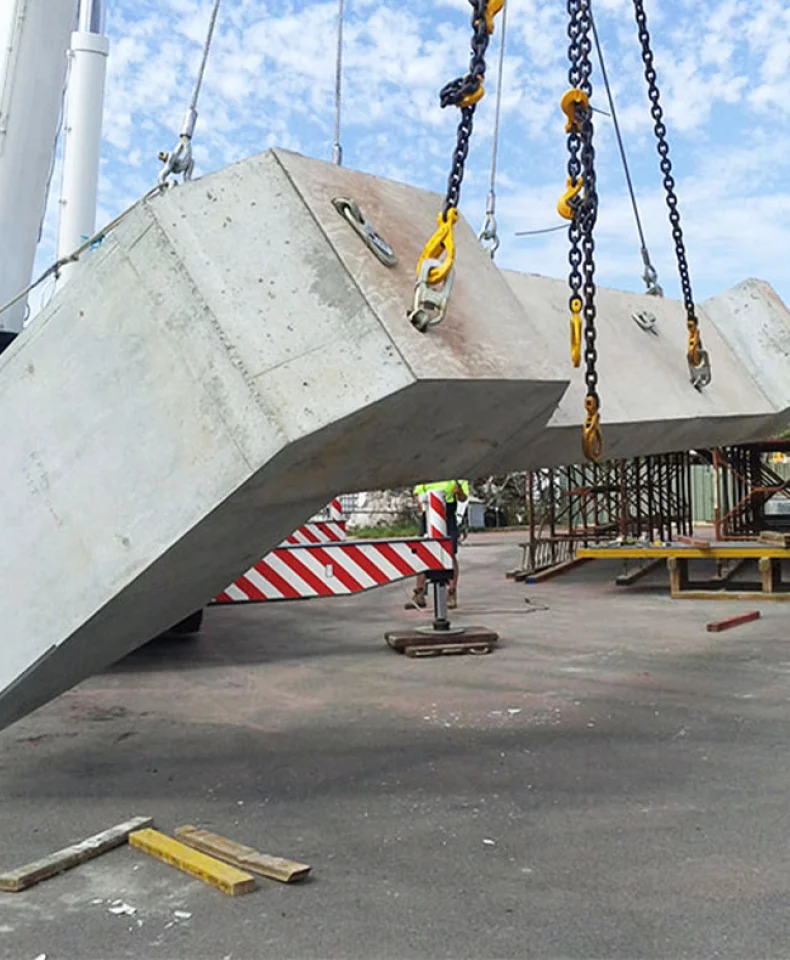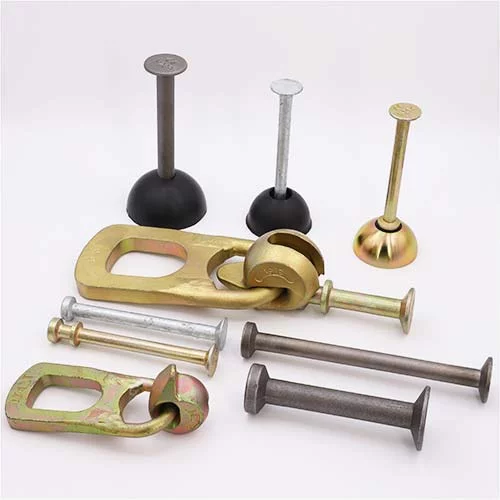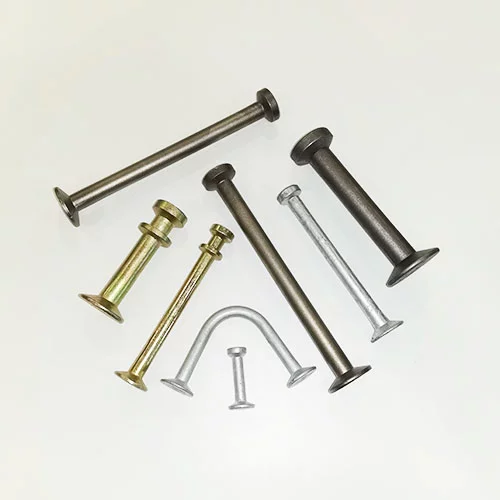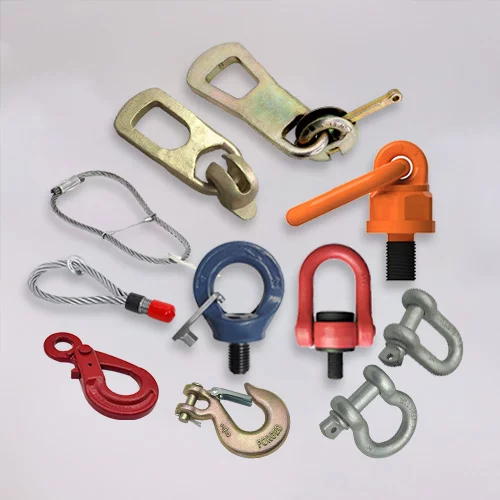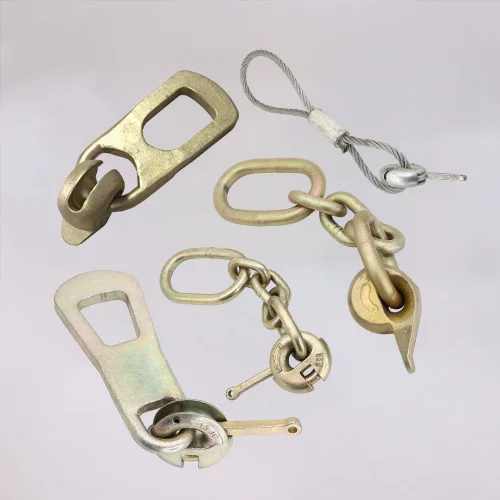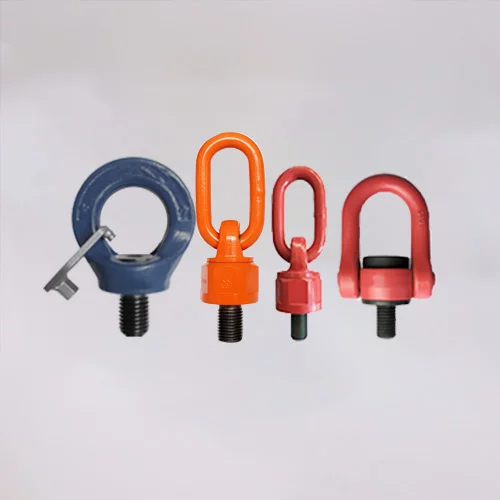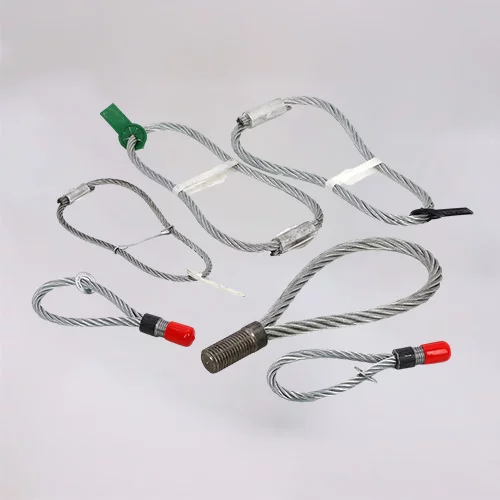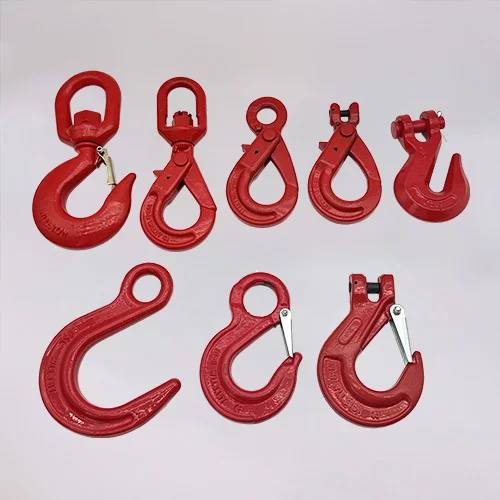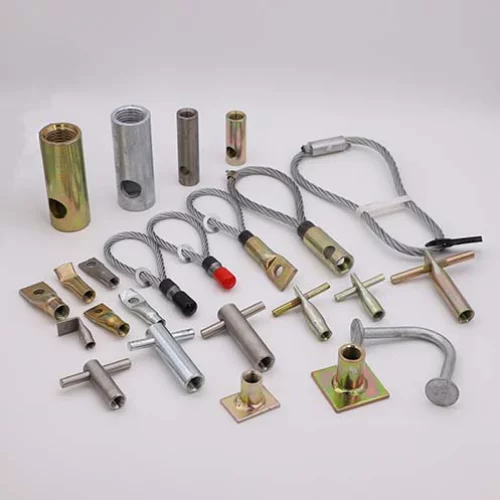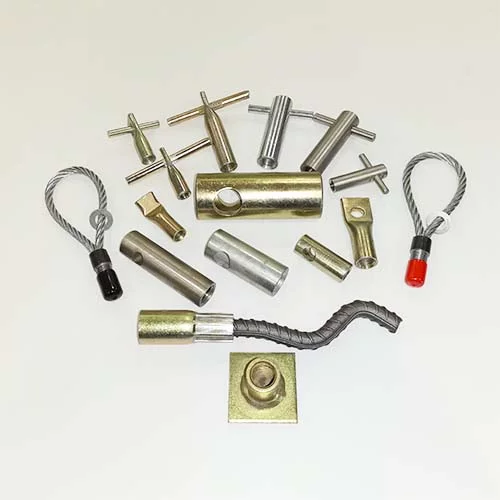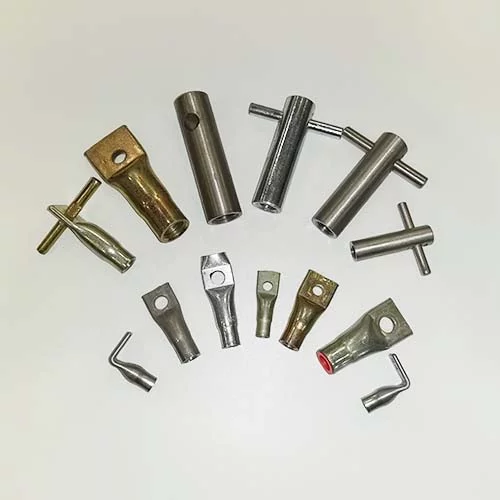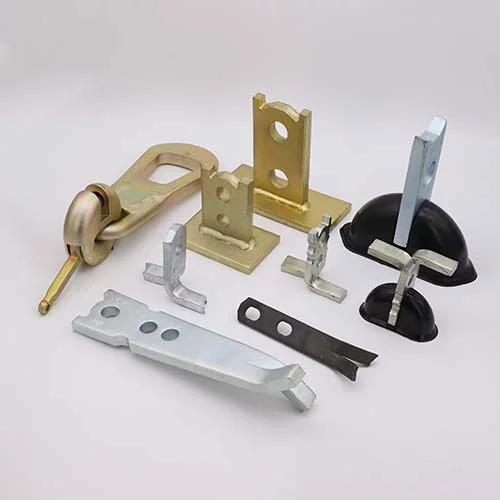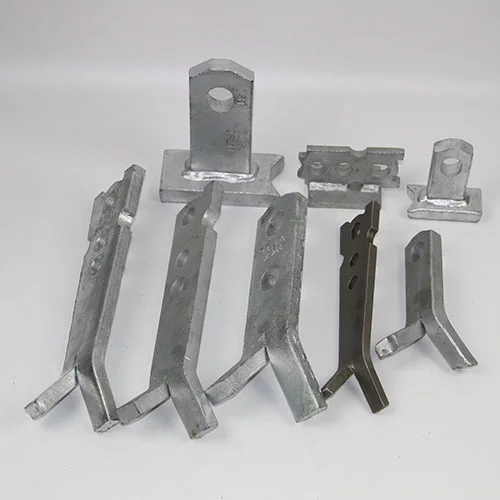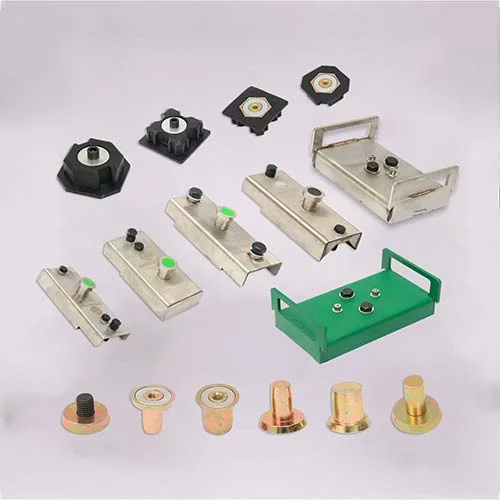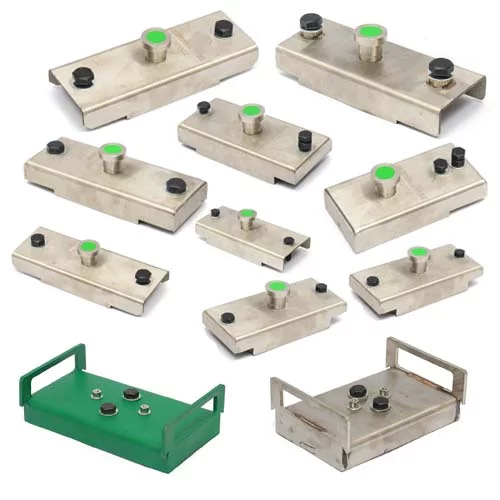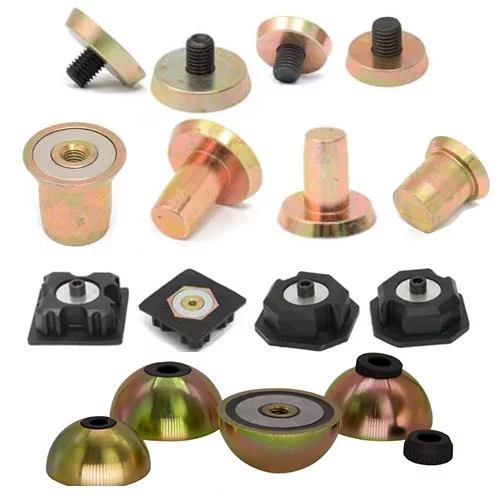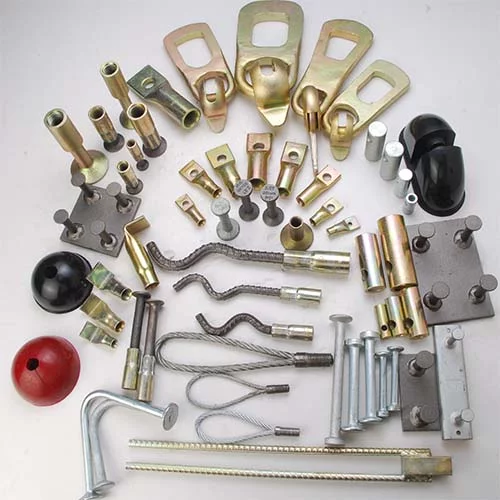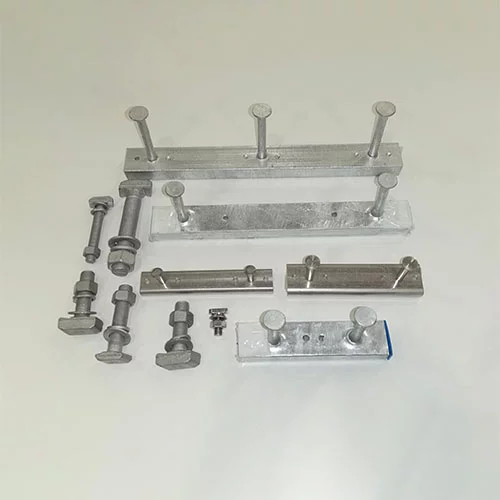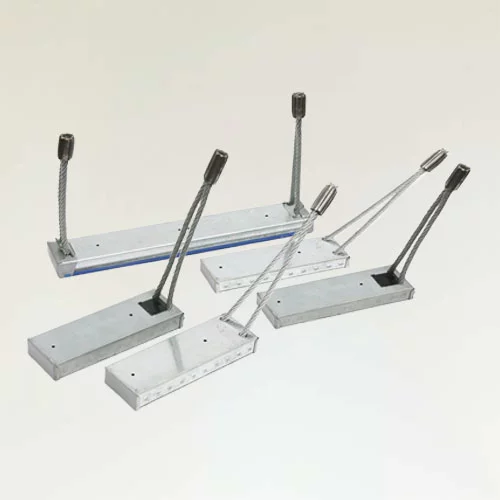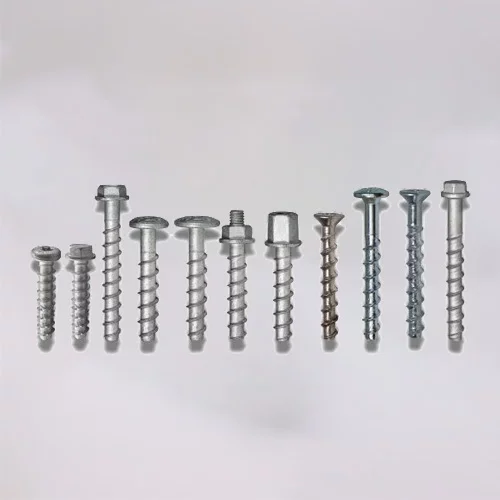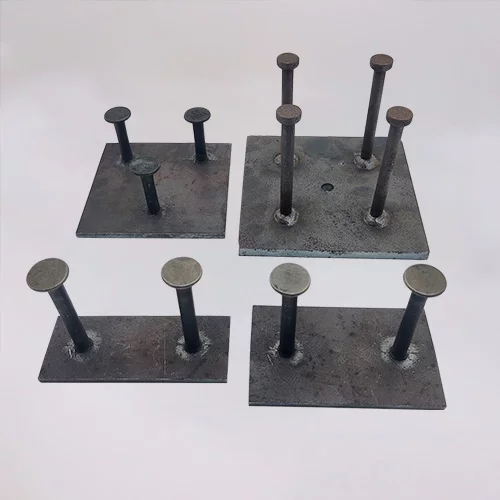How to use Lifting Loop correctly for safe lifting of concrete components

In the modern construction and precast concrete industry, safe and efficient lifting operations are essential. As a system specially used for lifting and handling concrete products, the Lifting Loop is widely used in the movement and installation of precast components, pipes, wall panels, and other large concrete products. Its embedded design enables it to withstand high-intensity tension while simplifying the lifting process and improving construction efficiency.
This article will introduce the structural characteristics, correct use methods, safe operation specifications, and maintenance measures of the Lifting Loop in detail to help users better understand and apply this lifting equipment, thereby reducing construction risks and improving construction quality. Finally, we will also explore why you chose HULK Metal's Lifting Loop to ensure that you can get the best quality products and services.
Basic structure and classification of Lifting Loop
Material and manufacturing process
Lifting Loop is mainly made of the following two materials:
·Wire rope Lifting Loop: It is usually made of high-strength galvanized steel wire rope to enhance its corrosion resistance and durability. Galvanizing can not only prevent rust but also effectively increase the service life of the product, making it adaptable to complex construction environments.
·Synthetic fiber Lifting Loop: Made of high-performance synthetic fiber, it is light but has strong load-bearing capacity, suitable for weight-sensitive construction applications.
Color coding and load-bearing capacity identification
The load-bearing capacity of the Lifting Loop is usually color-coded, with different colors representing different safe working loads (SWL). This coding system makes it easy for construction personnel to quickly identify the correct lifting equipment to avoid overloading accidents caused by misuse.
Features of embedded design
The Lifting Loop adopts an embedded design and is fixed inside the component during the concrete pouring process. Usually, 2/3 of its length is buried in the concrete and 1/3 is exposed for lifting. This design ensures that the Lifting Loop is tightly combined with the concrete, improving structural stability while avoiding additional fixing equipment and improving economy.
How to use the Lifting Loop
Installation steps
In the production process of prefabricated components, the correct installation of the Lifting Loop is crucial. The specific steps are as follows:
·Location selection: Determine the installation position of the Lifting Loop according to the construction drawings, and ensure that the lifting points are evenly distributed to balance the force.
·Fix the Lifting Loop: Reserve the installation position of the Lifting Loop in the steel mold and fix it with a clamp to keep it vertical to avoid deviation.
·Concrete pouring: When pouring concrete, ensure that the Lifting Loop is completely wrapped while maintaining the correct embedding depth.
·Concrete curing: After the concrete reaches the required strength, the lifting operation can be carried out.
Preparation before lifting
Before the formal lifting, the following inspections and preparations need to be carried out:
·Check whether the Lifting Loop is damaged: Observe whether the Lifting Loop is deformed, corroded, or broken. If damaged, it should be replaced immediately.
·Calculate the load-bearing capacity: Ensure that the rated load of the Lifting Loop meets the construction requirements to avoid overloading.
·Check the connection equipment: Make sure the crane, slings, and other lifting equipment are in good condition and connect the Lifting Loop correctly.
Precautions during lifting
In order to ensure construction safety, the following precautions should be taken during lifting:
·Avoid diagonal pulling: The slings should be kept vertical to avoid uneven force caused by diagonal pulling, which will affect the load-bearing capacity of the Lifting Loop.
·Avoid twisting: The Lifting Loop should be kept in a natural state and should not be excessively twisted, otherwise it may cause breakage.
·Choose appropriate lifting equipment: Choose a suitable crane or forklift according to the weight of the component, and set the lifting points reasonably.
Treatment after lifting
There are two ways to treat the Lifting Loop after the construction is completed:
·Retain: If the Lifting Loop does not affect the subsequent construction, it can be retained in the concrete component.
·Cut off: If you need to be beautiful or reduce exposed parts, you can cut off the Lifting Loop with a cutting tool after the lifting is completed, and perform anti-rust treatment.
Safety operation specifications of Lifting Loop
Load limit and overload risk
The rated load of the Lifting Loop should strictly comply with the technical parameters provided by the manufacturer. Overloading may cause the Lifting Loop to break or the concrete to break, resulting in serious safety accidents.
Common errors in use and how to avoid them
·Wrong selection of Lifting Loop: The appropriate Lifting Loop should be selected according to the weight of the component and construction requirements to avoid insufficient load-bearing capacity.
·Neglect damage inspection: The integrity of the Lifting Loop must be checked before use to avoid lifting failure due to damage.
·Irregular lifting operations: For example, single-point lifting (which may cause the component to tilt) or the use of mismatched slings may affect construction safety.
Regular inspection and maintenance
·Perform a visual inspection before each use to ensure that the Lifting Loop is normal.
·Regularly check whether the Lifting Loop is worn, cracked, or deformed, and record the use.
·Replace aging or damaged Lifting Loop in time to avoid safety hazards.
Lifting Loop's adaptability in different application scenarios
Lifting Loop is suitable for the lifting of a variety of concrete components, including but not limited to:
· Precast concrete panels (floors, wall panels)
· Concrete pipes (water supply pipes, sewage pipes)
· Precast building parts (beams, columns, stairs)
· Special structural components (bridge components, guardrails)
Due to its high strength, easy installation, and economy, Lifting Loop has become an indispensable lifting tool in the construction industry.
Why choose HULK Metal's Lifting Loop?
High-quality materials to ensure durability and safety
HULK Metal uses high-strength steel wire ropes and performs galvanized anti-corrosion treatment to ensure the durability and long-term stability of the Lifting Loop.
Strict production and testing standards
Our factory is ISO 9001 certified, our products are CE certified, and undergo strict quality testing to ensure the safety and reliability of each Lifting Loop.
Providing customized solutions
HULK Metal can customize the Lifting Loop according to customer needs, including different specifications, materials, and load-bearing capacity to meet various special construction needs.
Global supply chain advantages to ensure timely delivery
We have a mature logistics system that can provide fast and stable delivery services to global customers to ensure that projects are carried out on time.
Professional technical support
Our team of engineers can provide customers with detailed product usage guidance and technical support to ensure the safety and efficiency of lifting operations.
Proper use of a Lifting Loop can significantly improve the lifting efficiency of concrete components while reducing construction safety risks. Choosing a high-quality Lifting Loop is the key to ensuring smooth construction. HULK Metal provides customers with the best lifting solutions with excellent product quality, strict testing standards, and global supply chain advantages. If you need a professional Lifting Loop supplier, please contact us now to get the best quality products and technical support.
Article Navigation
PRECAST CONCRETE ACCESSORIES
Other Precast Concrete Accessories You Might Want to Know
You can click to learn more about HULK Metal precast concrete accessories such as lifting anchors, precast sockets, spread anchors, shuttering magnets, cast-in channels, wire loop boxes, and other precast concrete accessories you might want to know.
